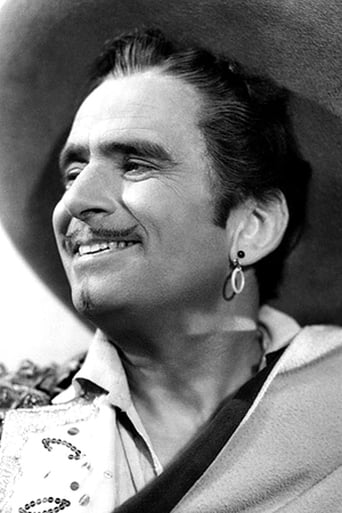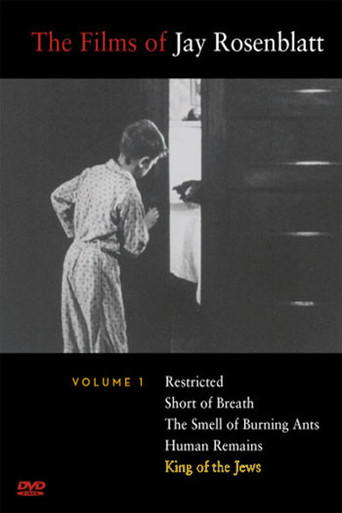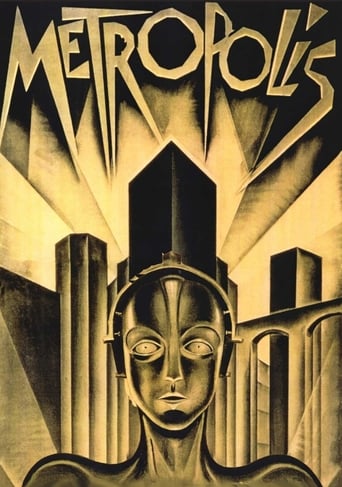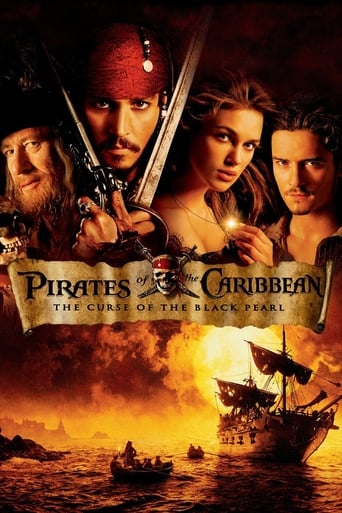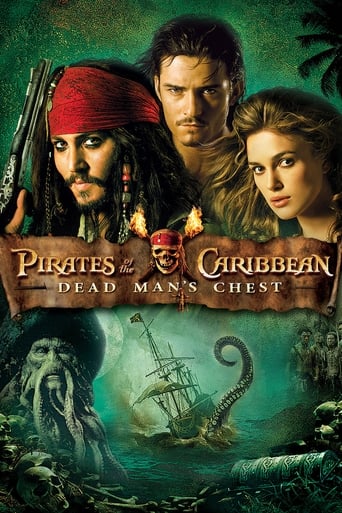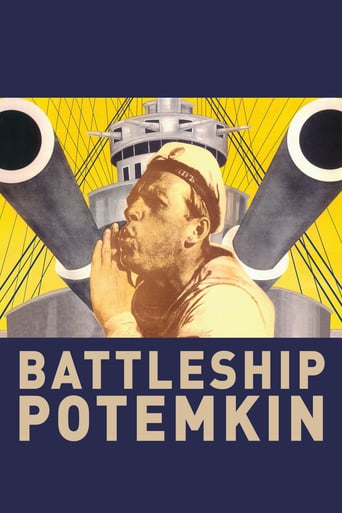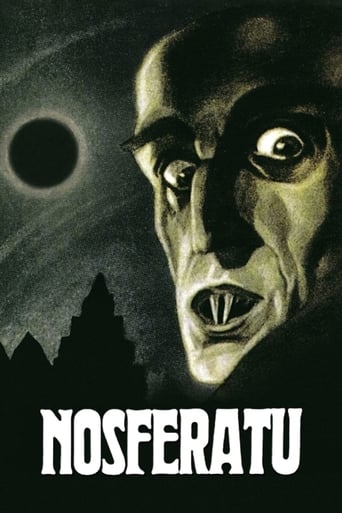
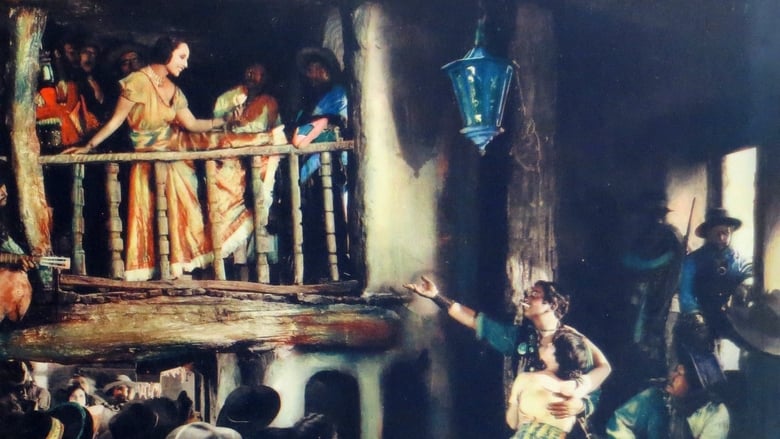
The Gaucho (1927)
A girl is saved by a miracle after she falls from a cliff in the Argentine Andes, and is blessed with healing powers. A shrine is built on the site, and a whole city grows around it, rich with gold from the grateful worshipers. Ruiz, an evil and sadistic general, captures the city, confiscates the gold, and closes the shrine. But the Gaucho, the charismatic leader of a band of outlaws, comes to the rescue.
Watch Trailer
Cast
Similar titles

Reviews
Purely Joyful Movie!
Don't listen to the negative reviews
If the ambition is to provide two hours of instantly forgettable, popcorn-munching escapism, it succeeds.
a film so unique, intoxicating and bizarre that it not only demands another viewing, but is also forgivable as a satirical comedy where the jokes eventually take the back seat.
Douglas Fairbanks made many, many good films over the span of his career. This one, while it has its good points, does not belong in the upper echelon of his best films. In this one, he plays an outlaw who for some reason is a good guy in this film (a rather common theme nowadays). He does his usual "Doug" things, his athletic tricks and so forth, but what is noteworthy about this film is that he didn't do some of the stunts himself. What really kind of bothered me about this film (and the reason it gets a "6") is when he and the local padre decide who gets to go to a healing fountain and who doesn't. A man with a hideous disease that has to keep himself covered is told by Doug to go kill himself! Doug! Nowadays, that probably would not be considered so bad in a movie, but back then, dang! This film is also noteworthy because it was the film debut of the ill-fated actress Lupe Velez. She plays a mountain girl who early in the film falls to what should have been her death by trying to dislodge a lamb who had gotten stuck in some rocks. She sees the Virgin Mary (who I understand was played by Doug's wife at the time, Mary Pickford) and the spot becomes sacred and a healing fountain results. Lupe is very much Lupe, if you've ever seen any of her films, she's very over-the-top pretty much all the way through. In a few years, when she started doing talking pictures and added speech to that, she really came into her own, I think. Anyway, if you just have to see all of Douglas Fairbanks' films, go ahead and see it. If you just want to see a silent film, you can do much better than this one, including several Douglas Fairbanks films.
This was hyped at the 2009 SF Silent Film Festival as dark, unconventional and more to 21st century tastes than most silent films. I found it a combination of over-the-top silliness with heavy-handed religious tedium. Perhaps it can be described as surreal. Unfortunately I did not find that entertaining. There is a bit more sexuality than in other Fairbanks films, but nothing compared to Valentino. His continual silly cigarette tricks. too-fast jumps, Velez's arms-on-hips heaving-breast stances, the house dragging scene, and the German expressionist style fake landscapes, walls that crumble at a touch, and the constant performance of miracles, take away from any feeling of reality. They say El Gaucho is the prototype for Mickey Mouse, and the movie does have a cartoon-like character, except for the religious parts. Perhaps the religious element is part of the formula to "get away with anything as long as you throw in religion". For me, it can't hold a candle to The Four Horsemen of the Apocalypse or even The Eagle. Fairbanks movies that I prefer include The Mark of Zorro and The Black Pirate.
"The Gaucho" (1927) by F.Richard Jones putting in scene Douglas Fairbanks it was at the time a kind of almost ballet movie, concerning countryside landscapes in Argentine with cattle and horses. Indeed what it was possible also to a busy adventurer like his character brought another time to audience, in such a character of a smiling enraged gentleman. Saving people in local unrest by his phlegmatic pragmatism in the fight for making a quite still concealed justice of land in relationship with sacred ritual of local mingled faith. Instinctively for a better increase of cohabitation with less weaponry and more physical agility of the body on his horse, fighting as a masked creole friend of the poor's, whose sentimentalism was as a kind of internationalism, somewhat displaced from a social liberation struggle like that. Beyond his own measure and compassion, turning out the unrest at his own capacity and getting things to his wife, as though her lover apparently change his mind stopping it, but finally accepted by him after the social turmoil. It seems to be a silent movie already displaced from its stillness as guarantee of something of new coming soon, except the hat of Fairbanks which inspires confidence on the pampas as a kind of brave and peace maker, before it had happened too so briefly as possible and soon or later. What does represent the personality of this character in that movie ? Something of the enthusiasm lost for a while with the transition from the silent pictures, a kind of masked temperament reckoned by everyone of the time as righteous integrity, from a horseman who likes being an intruder on the social turmoil, but from whom the diplomatic intervention is not out of the struggle for free speech concerning peasant local religiosity. As if it was a kind of such a specific and well represented low power against any oligarchy on the pampas, told from the time of the roots linking to such a privileged inhabitants not far away of the still recent influence of colonization from abroad. Even if populism at its beginning also it is as bringing a necessary impulse in the intoxicated souls, as strength for smashing support in civil latent unrest for a small war between contenders of both sides. For all this he is a popular figure in the middle of iconoclasts, representing the request with good conviction for maybe the impossible neutrality, that couldn't facing disturbing spirits like the soul of an impossible twin liberator for any quarrel sharing the way of means of wealth. He represents the prefiguration of the symbolic new life for the countryside, nowhere in South America with the myth of the coming industrialism from North America. He is the gate of the foreigner owner that took the empathy of the local people, as liberal exception still half colonized and masterminded by brotherhood at the place of paternalism. That's it. Fancy as outlooked caricature of such a diversified single hero in his sensibleness and mystery fashion, from the moment that took the weakness of obscurantism and whose own fearless is fighting the most powerful than himself in his melancholy.
Combining the familiar Douglas Fairbanks action scenes with some unexpected material, "The Gaucho" is interesting and pretty good. It might be just a cut below Fairbanks's very best movies, but it has more than enough to satisfy most silent movie fans. The story is involved, and it features some creative turns, while the production is resourceful and quite good for the most part.Fairbanks's character here is not quite the same as in his usual roles. While the story does give him plenty of action and adventure sequences, his character is not nearly as likable as most of the ones that he played. The way that "The Gaucho" treats the other characters is not at all what you would have expected from his other movies - normally, even when his character is an outlaw in the eyes of the authorities, you get the feeling that you'd have nothing to fear from him unless you deserved it. Not so here.That does make the character interesting. As with Fairbanks's usual roles, he seeks justice and respect, but unlike most of the others, he also needs redemption in a much deeper sense. And that fits in well with the other unusual aspect of the movie, which is established at the very beginning with the founding of the miraculous shrine. It introduces a supernatural or quasi-religious dimension that is not at all part of movies like "The Black Pirate" or "The Three Musketeers". Yet, for all that it requires a suspension of disbelief, it works pretty well as part of the overall story.The detailed and sometimes impressive settings, along with the supporting cast, also help out. Lupe Velez has plenty of energy, Gustav von Seyffertitz is a suitable villain, and it's enjoyable to see Mary Pickford's brief appearance. Overall, it's pretty good, despite varying in some respects from time-tested formulas.
